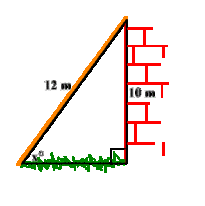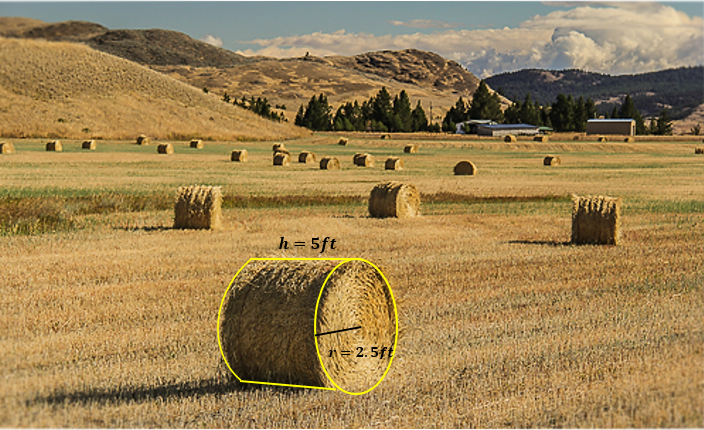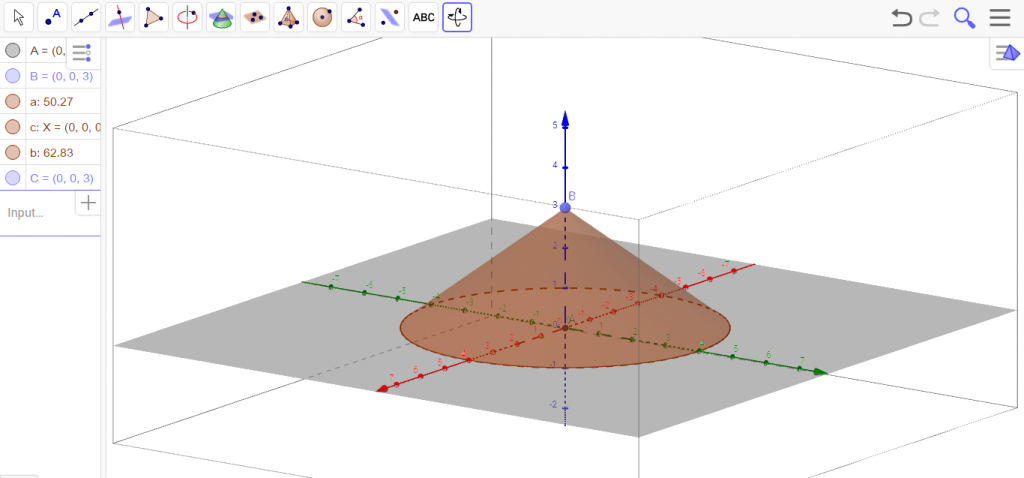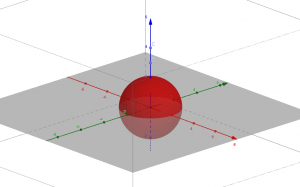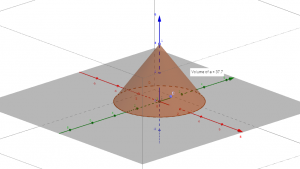Visualizing certain real world objects such as a wheel of a bicycle may be a difficult based upon the student. Using the program of Logger Pro, the students are able to see how the function is generated based on a small video clip. Logger Pro, is a program that collects and analyses data on computers. It has a free demo option that anyone can use for one month. After the trial period, anyone who wants to use it for a longer period must buy it. The financial issue is one con of the program but there are many pros to the program.
First of all, Logger Pro helps student visualize and analyze real world problems. For instance, in this lesson activity called “Sarah’s Bicycle Wheel,” the function that will be generated using Logger Pro will be from the revolutions of the front wheel based off a green marker on the side of the wheel. The students will start off with an introduction that will have them predict the function a bike wheel creates as a human rides the bicycle. Then students will be shown a video clip of an individual, named Sarah, to ride her bike in order to visualize the movement of the wheel. Please press play to watch the clip.
After the students have watched the video, the students will be able to compare their graphs that they wrote on their introduction worksheet to the graph that Logger Pro will create. Creating the graph of Sarah’s bicycle wheel is not hard to make. It is very simple for a student to also record a situation such as the one above. However, in this situation, the teacher will have this situation graphed so that the students can analyze the situation and continue on to having the students record their own situation and interpret their results.
This is the worksheet of the lesson, “Sarah’s Bicycle Wheel,” Sarah’s Bicycle Worksheets.
Logger Pro also has some good features that students are able to use. Down below is the tool bar that is listed on top of the Logger Pro program. The one highlight that says “X =” is useful to check at any point in time in the graph to see where the function is being graphed at. Underneath the tool bar is an image of “X =” being used. Below the picture, is a chart that has a line through 8.5 seconds. That line is the “X =” tool that a student can used to visually see the graph being created. The “X =” is an interactive tool and the students can move it from left to right to see how the graph is created.

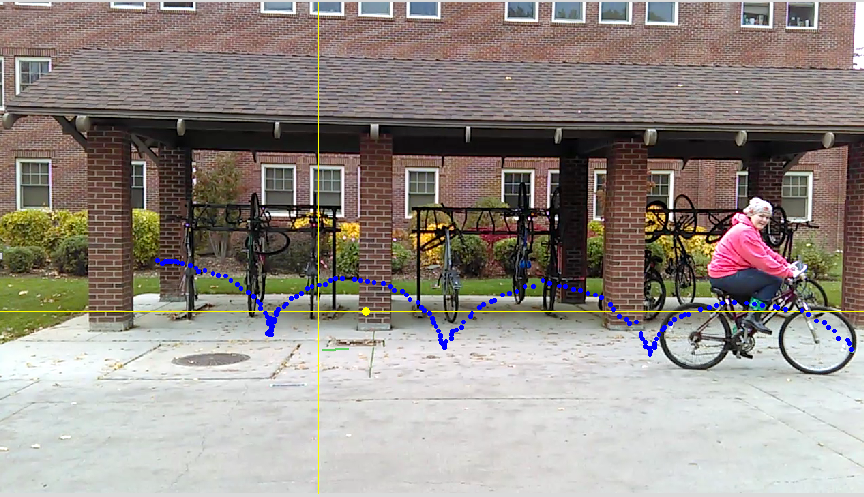
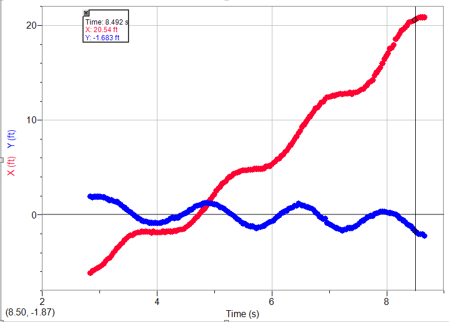
This activity aligns with the Common Core Standard of CCSS.MATH.CONTENT.HSF.TF.B.5: Choose trigonometric functions to model periodic phenomena with specified amplitude, frequency, and midline. Logger Pro can create any functions that one may be analyzing. Using Logger Pro can help an individual find a sine, cosine, quadratic, linear, and other type of functions based on the video clip you want to analyze. In addition, after the students complete the introduction, the students will move on to a group project where the will be the ones to record a video clip of an individual on a small bike and on a regular adult bike. This will enable the students to interpret results and compare the results to those in the activity “Sarah’s Bicycle Wheel.” The students will be studying the questions and making predictions of these questions: “What did the function look like when we had a smaller bike such as a kids bike?” or “What happen if Sarah went faster on her bike?”
Logger Pro is beneficial for students to visualize and analyze real world situations such analyze the revolution of Sarah’s Bicycle wheel to see the function that it generates. This activity can also help students use the revolutions that the bicycle wheel has created in order to figure out how long Sarah will have to travel for if she needs to go 480 feet at the rate she is traveling. Overall, Logger Pro is a great tool to use because it can help students analyze a certain real world problem that they may want to learn more from.
